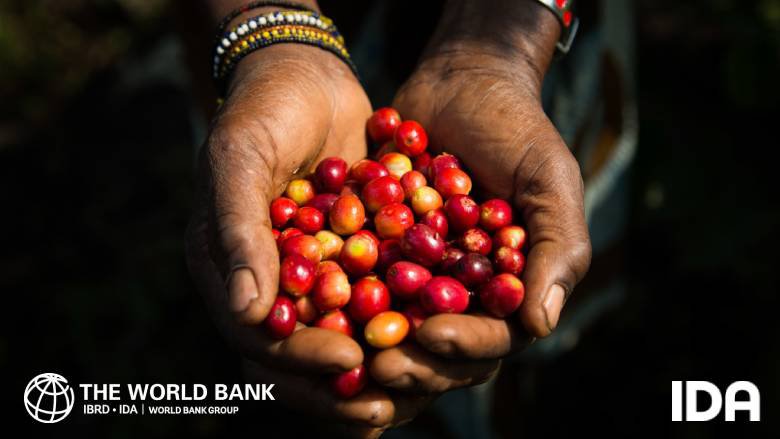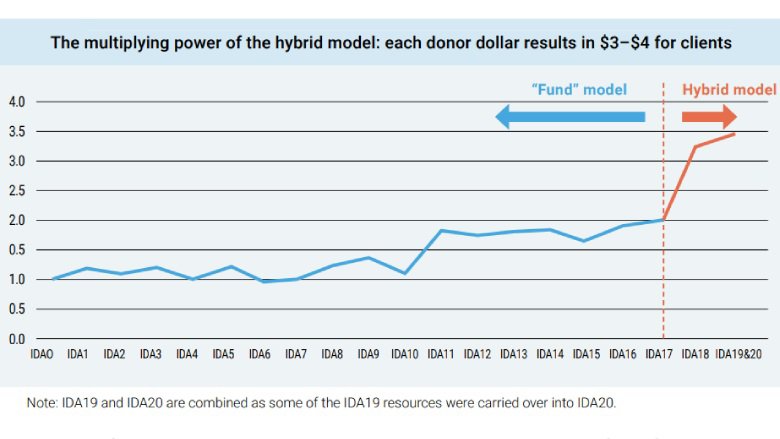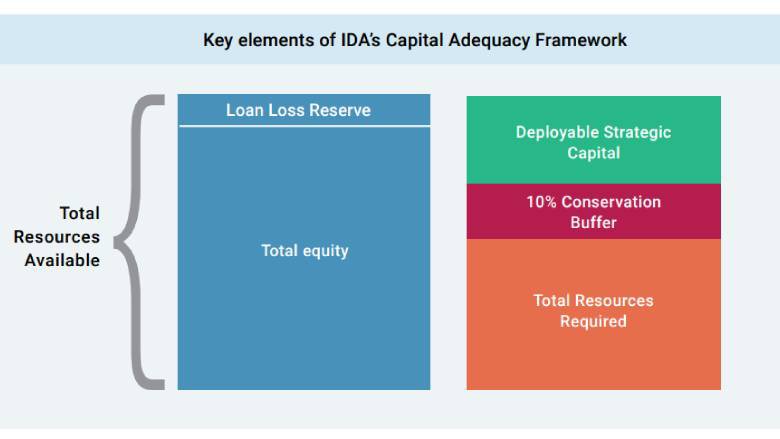As the world’s largest source of development finance for poor countries, the International Development Association, or IDA, works with borrower countries to achieve sustainable growth and create safer, more prosperous communities. Through a hybrid financial model that combines donor funding and other income with borrowing from capital markets, IDA is able to substantially increase the financing it provides to client countries. In its most recent replenishment cycle (IDA20), IDA was able to multiply donor contributions by a factor of 3.5.
A new explainer offers insight into how IDA’s hybrid financial model works, with a focus on a key element: its Capital Adequacy Framework.
Capital adequacy, or the ability of a financial institution to meet its financial obligations and absorb potential losses, is a measure of financial strength and stability. IDA’s Capital Adequacy Framework is designed to ensure IDA will have enough assets to cover its liabilities after a potential severe stress event. The framework has four main components: Total Resources Available (TRA); Total Resources Required, a Conservation Buffer that serves as an additional safety net; and Deployable Strategic Capital (DSC), which is the main measure of IDA’s capital adequacy.
IDA has calibrated its Deployable Strategic Capital model to maintain a triple-A credit rating, which enables it to provide large low-interest loans and grants to clients, even in stressed market environments. With each replenishment, IDA faces a trade-off between the volume of financing, the level of donor contributions, and the financing terms provided to borrowers. These same considerations will come into play as IDA Deputies determine the total amount to be made available for the 21st replenishment cycle (IDA21.)
Download the explainers to learn more:




